This fun superhero themed science activity is great for learning about density and magnetism. We're going to show how if you squeeze a plastic bottle full of water a Lego man that previously floated will sink, then we're going to trap him at the bottom using a magnet and paperclips.
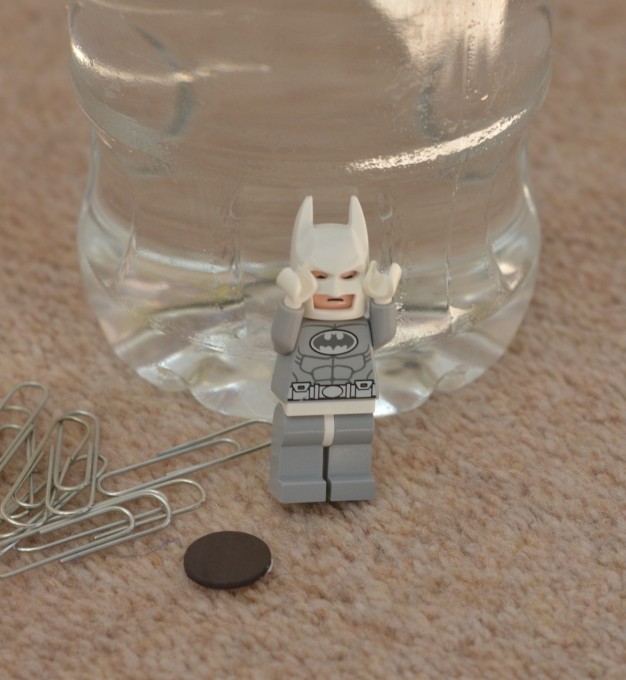
What is a cartesian diver?
This traditional experiment was named after the French scientist René Descartes. It demonstrates how the density of gases and liquids changes when compressed.
To make a cartesian diver you'll need
Lego man
Stick magnet
Water
Paperclips
2l empty bottle
How to make a cartesian diver
Fill your bottle almost to the top with water.
Drop in the Lego man and put the lid on the bottle.
Squeeze the bottle hard in the middle and watch the Lego man sink, release the pressure and he should move to the top again.
To try the magnet part, stick a sticky magnet to the bottom of the Lego man and drop paperclips in the bottle.
The magnet will be attracted to the paperclips trapping the superhero at the bottom of the bottle!
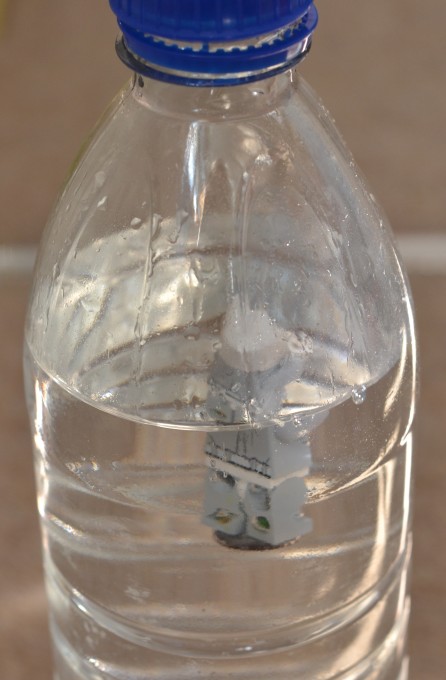
A more traditional demonstration uses a pen top with no hole and a ball of clay or play dough, but the principles are the same.
Troubleshooting tips
If it doesn't work, try adding some clay/plasticine/blu tack or play dough to the lego man to make him a bit heavier. He needs to be just on the cusp of sinking.
How does a cartesian diver work?
The pen lid ( or lego man ) has an air bubble trapped inside. The density of the lid, air and play dough or clay is lower than that of the water, which means it floats. When the sides of the bottle are squeezed, the pressure on the air bubble increases making it compress into a smaller space, causing the air bubble to increase in density. When it is more dense than the water the pen lid sinks. Releasing the pressure allows the air bubble to expand again and the pen lid floats again.
The same thing is happening with the lego man and the air bubbles in his body.
Did you know submarines dive down by making themselves denser than water. Objects denser than water sink. Submarines let seawater into ballast tanks, when they are full the sub sinks. To rise to the surface the submarine must reduce its density which it does by releasing water from the tank.
If you enjoyed this, you'll love my other superhero science experiments.
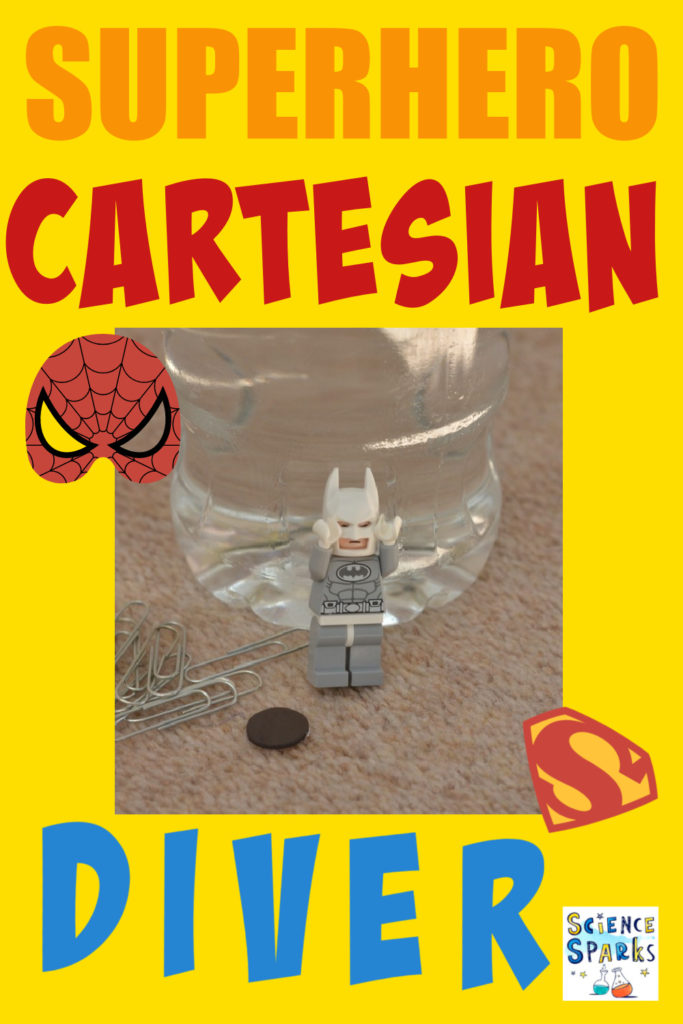
Last Updated on March 2, 2022 by Emma Vanstone
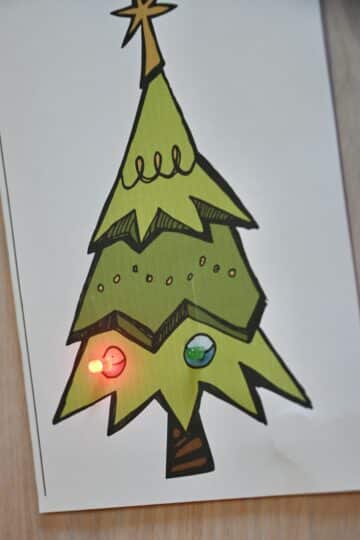
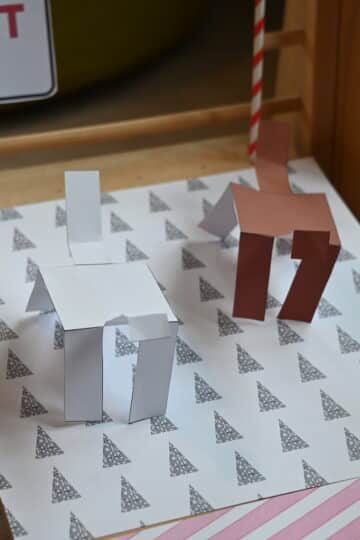


Trisha says
Emma, this is such a great super hero twist to the Cartesian diver. I love it!!